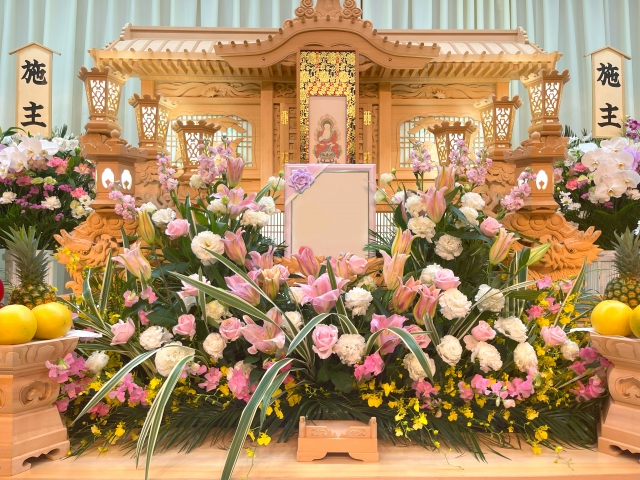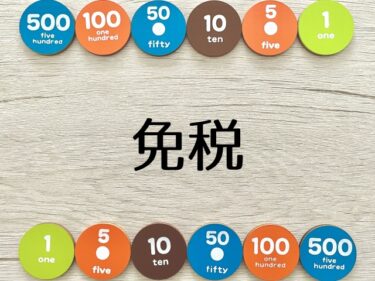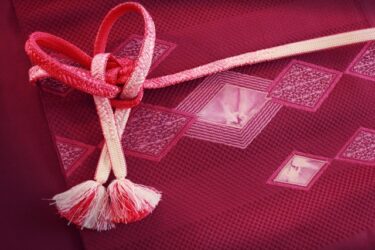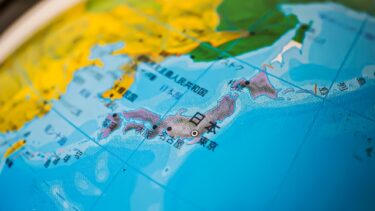In Japan, while freedom of religion is respected, many funerals follow Buddhist traditions, as a significant portion of the population belongs to Buddhist temples (檀家, danka). However, there is also a Christian community, and Christian funerals are not uncommon, with ceremonies held at churches. Whether attending a Buddhist or Christian funeral, there are specific customs and etiquette to be followed. This guide will explain what to expect, how to dress, and how to prepare monetary offerings (such as koden and ohanairyo) when attending a Japanese funeral.
Japanese Funeral Ceremonies: Buddhist and Christian
- Buddhist Funerals
Buddhist funerals typically consist of two main ceremonies:- Otsuya (お通夜): The wake, where people come to pay their respects to the deceased, usually held the night before the funeral.
- Kokubetsu-shiki (告別式): The farewell ceremony held the next day, where prayers are offered, and the body is cremated.
- Christian Funerals
Christian funerals in Japan also consist of two main ceremonies:- Zenya-shiki (前夜式): A vigil held the night before, similar to the otsuya in Buddhist traditions.
- Kokubetsu-shiki (告別式): The funeral service, usually held in a church, where hymns and prayers are recited.
Proper Attire for Funerals
For both Buddhist and Christian funerals in Japan, formal mourning attire is required:
- Men: A black suit with a white shirt and a black tie.
- Women: A black dress or suit, with minimal or no jewelry. Subtle accessories like pearls are acceptable. Shoes and bags should also be black.
- Children: If attending, children should also wear dark, subdued clothing.
The goal is to maintain a respectful and somber appearance, avoiding flashy or bright colors.
Monetary Offerings: Koden, Go-Butsuden, and Ohanairyo

One of the key aspects of attending a Japanese funeral is preparing a monetary offering, which varies based on the type of ceremony:
- Koden (香典):
This is the monetary offering given at Buddhist funerals. It helps the family with funeral expenses.- Amount: Typically, ¥5,000 to ¥10,000 is common, but amounts may vary depending on your relationship with the deceased.
- How to Prepare: Koden is placed in a special envelope called a koden-bukuro (香典袋), which is white with black and silver ribbons. It’s important to wrap the envelope in a small cloth called fukusa (袱紗) to show respect before handing it over at the reception desk.
- Go-Butsuden (ご仏前):
This offering is for Buddhist services after cremation, such as memorial services. It’s presented in a similar way to koden. - Ohanairyo (お花料):
For Christian funerals, instead of koden, the term ohanairyo is used. This is also money given to the bereaved family to help with expenses. The envelope used is often white with a black cross or a simple black line.- Amount: Like koden, ¥5,000 to ¥10,000 is typical.
- Envelope: An ohanairyo envelope can be purchased at stationery stores, and it should also be wrapped in a fukusa before being presented.
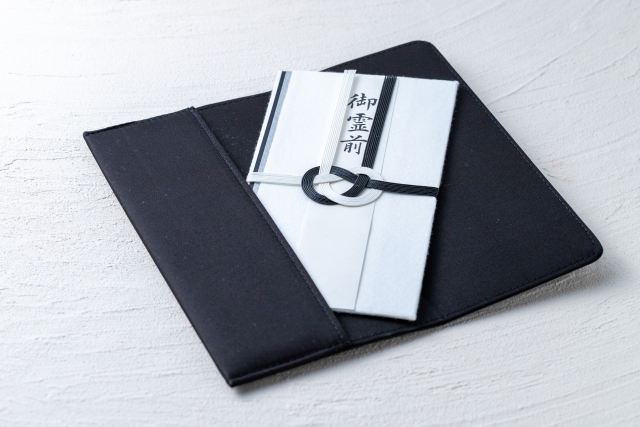
How to Present the Offering
At both Buddhist and Christian funerals, when you arrive, you will be asked to present your monetary offering at the reception desk:
- Present the Envelope: When handing over the koden or ohanairyo envelope, remove it from the fukusa and place it on the reception table. Bow slightly as you do so to show respect.
- Sign Your Name: You will be asked to sign your name in the guestbook. At this time, it’s polite to say a few words of condolence, such as “Please accept my deepest condolences” (Kono tabi wa okuyami moushiagemasu – このたびはお悔やみ申し上げます).
Final Thoughts
Attending a funeral in Japan, whether it is Buddhist or Christian, requires knowledge of proper etiquette, respectful attire, and preparation of the appropriate monetary offering. By following these customs, you show your respect to both the deceased and their family.

